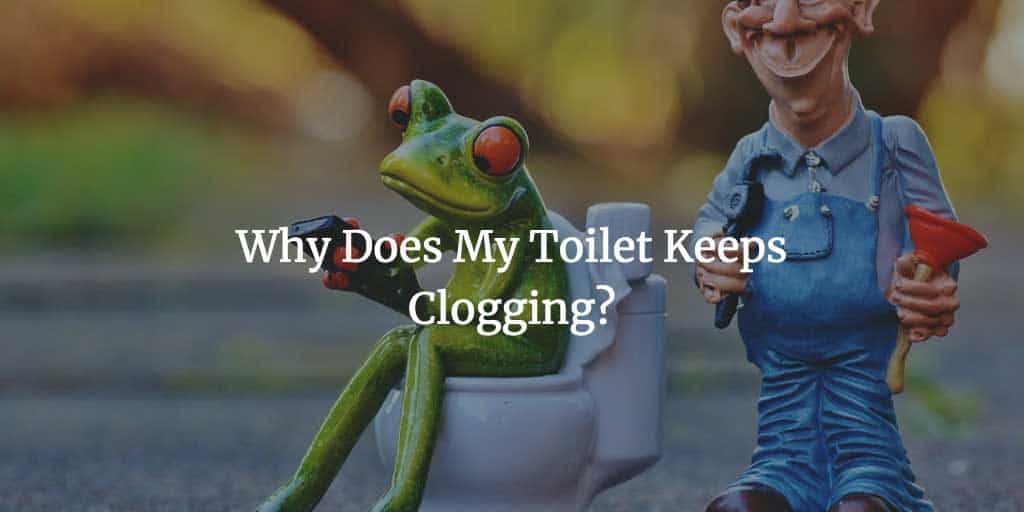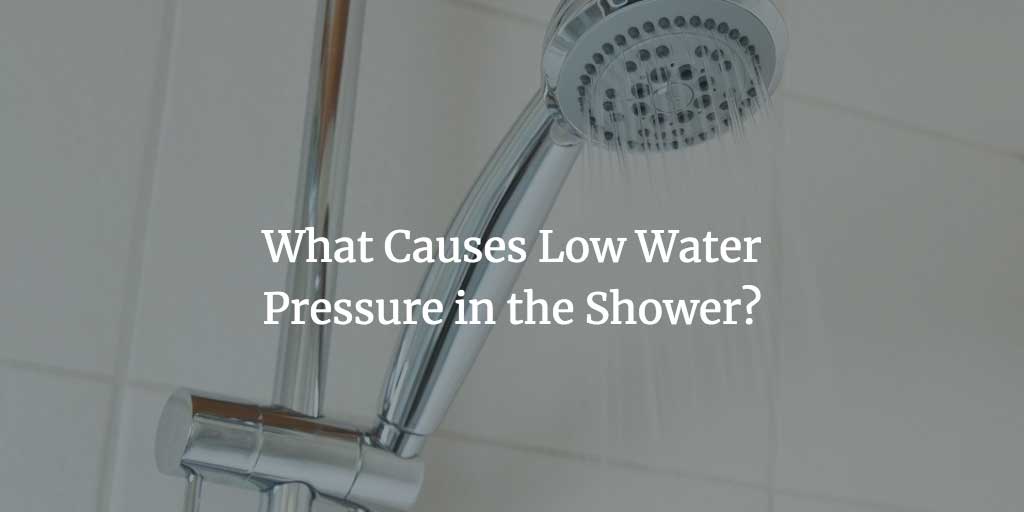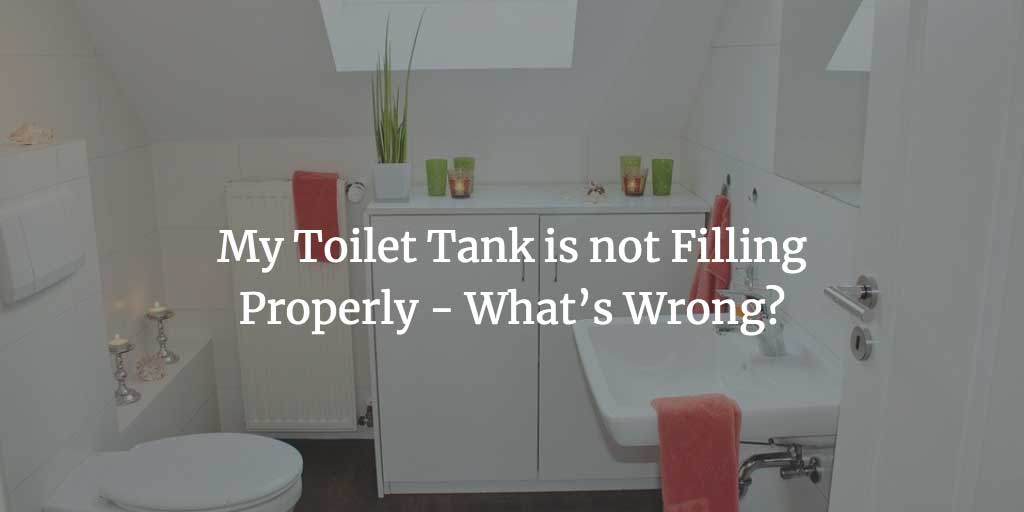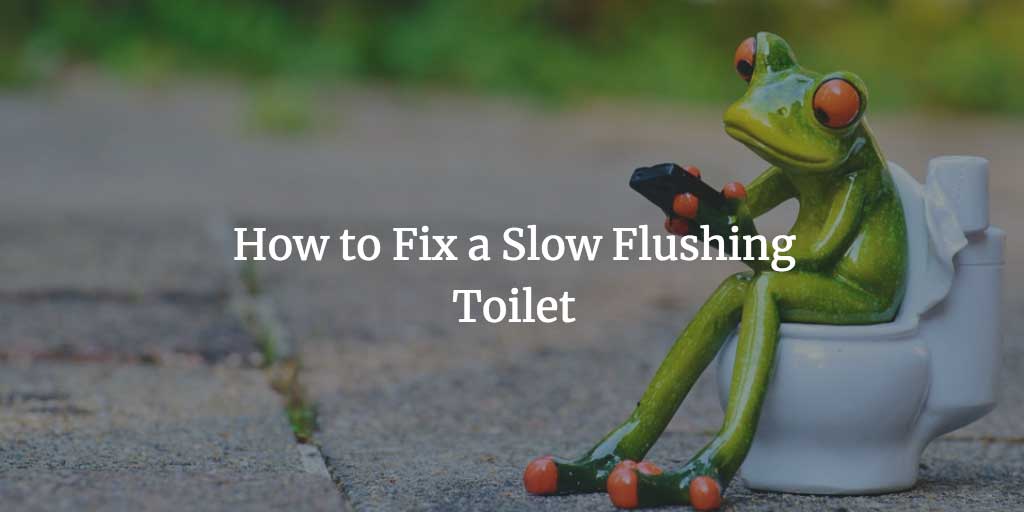Are you plunging your toilet at least once a week because it keeps clogging? Do you keep asking why does my toilet keep clogging? Having to grab the plunger each time you step into the bathroom can get frustrating over time.
But, to stop that from happening, first, we need to find out why your toilet keeps clogging.
Contents
The Flapper is Not Working
When it works properly, the flapper allows water to flush by releasing it from the tank. When you’re not flushing, it keeps the water in place by creating a tight seal around the flush tube. The flapper is connected to the lever via a chain. When you pull the lever, the chain lifts the flapper and the water flows through the hole.
Flappers wear out over time. When they crumble, they lose the seal. Then, they are not able to hold enough water for a proper flush, and you may end up with a clogged toilet.
You may not need to replace the flapper right away. First, check the chain, and, if it’s too loose, remove a few links. If you have to replace it, remove it and bring it with you to your local hardware store so you can find a good match easily.
Someone Tried to Flush Non-Flushable Items
Toilets can’t accept all kinds of waste. Toilet paper is usually fine, as it’s soluble. But, paper towels and disposable tissues (Kleenex) can clog your toilet. Moreover, flushing cat litter, Q-tips, wet wipes, cotton balls, tampons, medicine, hair, diapers, and other sanitary products are not a good idea as such items can cause serious damage. Also, if you have kids, it would be good to check if they’ve been throwing random stuff down the toilet. So, if one of them asks: Can you flush dental floss in the toilet? or Can You Flush Baby Wipes Down a Toilet? The answer should be no.
You Have a First-Generation, Low-Flow Toilet
Low-flow toilets are usually great as they conserve water. But, older low-flow models are not as great as modern ones. If you have an old flow toilet, it may not be able to drain and clear the internal toilet trap as it may lack the necessary pressure.
To check how old is your toilet bowl, see if it has a stamped date somewhere at the back. If it dates back to the mid-90s, or an earlier time, it could be the main culprit behind the clogs. Now, that doesn’t mean you’ll have to replace it right away. You may be able to avoid clogs by avoiding clog-prone items and by limiting toilet paper use. Read our guide for choosing a new flushing toilet and replacing your old one. I also recommend checking out our post on what do to with an old toilet.
The Toilet Trap is Blocked
The toilet trap is located at the base of the toilet. It’s a curving channel that leads to the drainpipe. The toilet trap, aka trapway, prevents sewer gases from entering your home. But, even if you’re not flushing “foreign” objects down the toilet, do know that flushable items can sometimes clog it as well. Try limiting toilet paper use.
The Plumbing Vent is Blocked
The average modern toilet uses a roof went to prevent air-pressure vacuums and funnel air into the plumbing system. It helps with the drain flow. Your plumbing went may be clogged with nests, sticks, leaves, or even dead rodents.
Main Sewer Line Problems
If your toilet keeps clogging, but everything else seems to be working fine, it could be a sign of a big sewer line problem. Main sewer line problems can occur due to a build-up of both non-flushable items and flushable toilet waste. Sediments and tree roots can also damage the sewer line. Sewer line problems can lead to even bigger problems both outside and inside your house.
If you don’t want to keep running into these issues, consider getting an incinerating toilet for your home. Read this post on the pros and cons of incinerating toilets.
Water Supply Line Issues
If the water supply line isn’t working properly, it can lead to frequent clogs. If the water supply line is damaged, your toilet tank may not get enough water for a full flush. While you can’t fix the water supply line by yourself, you can raise the water level in your tank. When the water reaches a certain level in the tank, the inflow of water stops.
If your toilet tank uses a float (a rubber ball) to control the water level, you can use a screwdriver to raise it. All you need to do is turn the arm the float is connected to clockwise.
If your toilet tank has a vertical fill valve, the process is different. The valve should be attached to a rod. Simply squeeze the clip on the rod and pull the fill valve up.
Hard Water Build Up
Hard water contains deposits that can build up in your bowl. These deposits, as well as bacteria, can build up around the jets located under the toilet rim. When you flush, water comes out through these jets. If something is blocking them, you may get a weak flush. And, weak flushes can lead to clogs.
There are a couple of ways you can clean the jets. You can clean the nozzles with bleach, vinegar, and baking soda solution. Mix the ingredients up in a bottle, spray the solution on the nozzles, and scrape off the build-up with a wire or old toothbrush.
If that doesn’t do the trick, the build-up could be deep inside the jets. In that case, heat up a bit of vinegar to at least 160°F. 12 ounces of vinegar should do. Use a funnel to pour the hot vinegar down the toilet tank drain.
Let it sit for a couple of hours, overnight is best. When the time’s up, clean the nozzles with a wire or Allen wrench. Then, you can flush the toilet.
How to Unclog a Toilet With a Plunger
All you need is a $5 plunger to become the family hero who saved the bathroom. If there are underlying issues, a plunger is not a permanent solution, but it will do for the time being.
However, you need to make sure you have a toilet plunger and not some other type. Every toilet plunger has an extension flange under the rubber cup.
- Extend the flange—it should allow you to get a better seal.
- There should be enough water in the toilet to cover the cup and the flange.
- Keep a towel close as there might be some splashing.
- Your first plunge needs to be gentle because you need to force the air out of the flange first.
- After you force out the air, plunge with hard thrusts. But, make sure to maintain the seal while you’re plunging.
- Plunge up to 20 times.
For more information, read my post on How to Unclog a Toilet.
Call a Plumber When My Toilet Keep Clogging
Your own efforts may not be enough to stop toilet clogs. If you’re reaching for the plunger a couple of times a week, even after you have made sure the toilet tank works properly or that no one is throwing non-flushable objects down the drain, it’s time to call the plumber. Calling the plumber as soon as you figure out that there’s a bigger culprit behind the clogs may help you prevent an even bigger disaster.
I’ve also written a post for those who want to know how to fix a toilet leaking from tank bolts.



